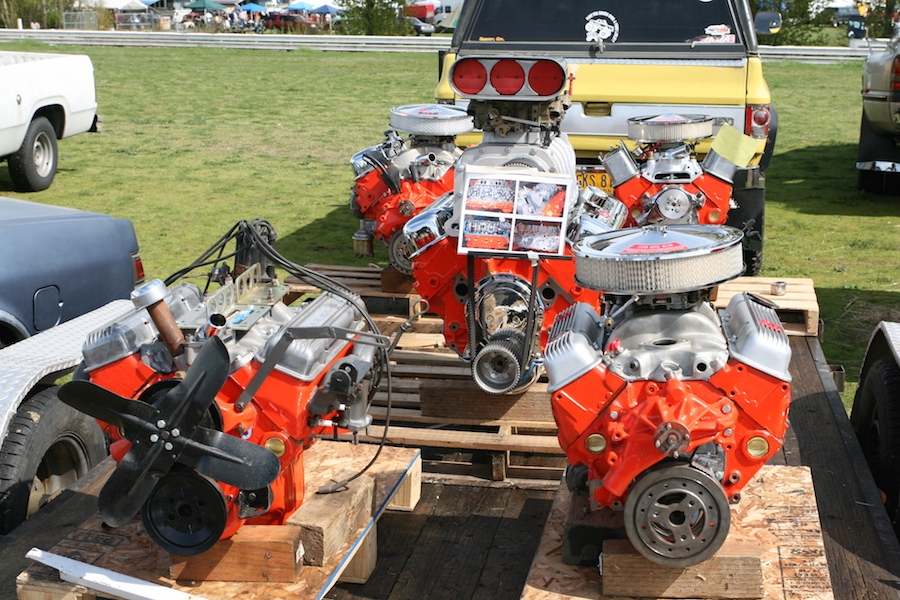
Buying an engine is a lot like buying a whole collector car: it’s almost always cheaper to buy one already done. But you never really know what problems might pop up on a project you didn’t complete yourself.
About five years ago, I tore the 350 out of my Chevy truck and took it apart. The truck was new to me, and the engine had a bunch of little problems at the time, including a leaky carburetor, a chug at idle, and a whole bunch of oil leaks from hard-to-get-to places. No huge issues, and the truck got on down the road just fine regardless, but I wanted to see what was going on and fix up what I could, so I budgeted some time and money and got out my tools.
Chevy trucks are simple, so getting the engine out only took a few hours, and tearing it down to the short block only took about an hour more. I figured I’d find some wear and maybe a bad valve. What I wasn’t expecting was a cam with four rounded lobes, five sunken valve seats, and a worn-out timing chain. I was astounded that it still ran as well as it did with all that gone wrong. That’s always been part of the appeal of American engines from the carburetor era. Punish and ignore them as much as you like — chances are they’ll still get you home, sort of like a B-17 bomber lumbering back to England despite leaving its tail in Germany.
Despite all the wear I found, I left the rotating assembly alone. Why? Well, there was still visible cross-hatching on the cylinder walls, and the engine hadn’t ever been bored. Part of me figured it might still be fine, and another part wanted to see just how far it would go before giving up. I made it a pretty low-stakes game: I threw about $500 in new heads, cam, an oil pump, and gaskets at it and put it back together, fully expecting that it’s days were numbered, and that I could use the same heads and some of the other parts for a complete rebuild down the road.
So I drove it. A lot. And nothing bad ever happened.
Five years later, it’s still running fine. It makes good oil pressure, doesn’t burn oil, it seems to have plenty of power, and it doesn’t leak anything. But there’s one big reminder of its time-bomb tick: low engine vacuum at idle, probably because the rings are weak, impacting how well my power brakes work. In the daily-driver world, that’s a bad thing.
So, this 350’s time may be up, and that means I need to make a more serious decision about the engine than I did last time: do I buy a 350 crate engine from GM, buy a 350 from the used market, or build this current 350 into something a little more custom and better suited to how I want to use the truck?
A 350 from GM, with a warranty, is about $1,600 shipped to my door, while I’d probably spend double that building a stump-pulling 383-ci version of the block I already have, using my own tools and my own labor. The third option — buying used — is attractive just because running 350s are really cheap, but you never really know if you’re buying something great or if you’re buying someone else’s cobbled-together problem under fresh orange paint.
So for me, it comes down to whether or not I want to buy a one-size-fits-most engine with a guarantee, or get knee-deep in cams, cylinder heads, pistons, and bearings for a more expensive but arguably better result.
For those of you who’ve been through this already and picked one over the other, what was it about a crate engine or a custom build that made you go that route? Did your decision have anything to do with resale value (likely higher with a known-quantity crate engine), or was it just done for the fun factor and usability? Let me know in the comments below.